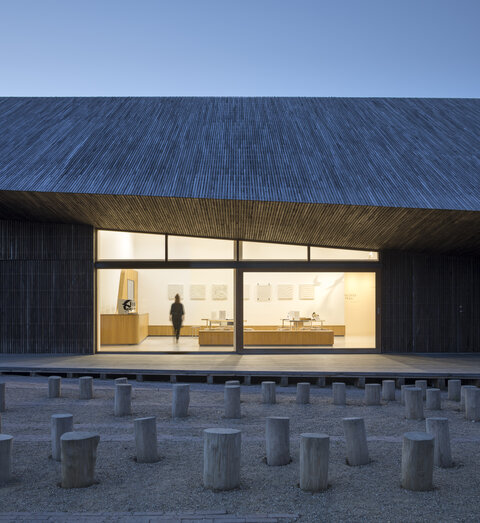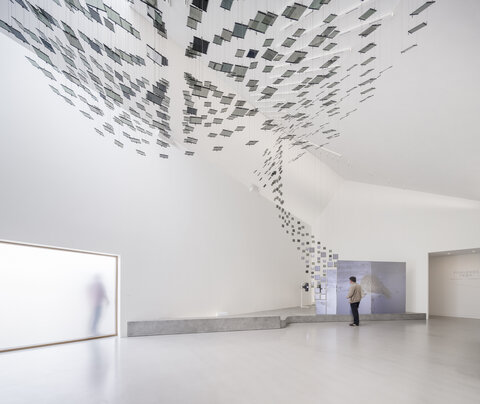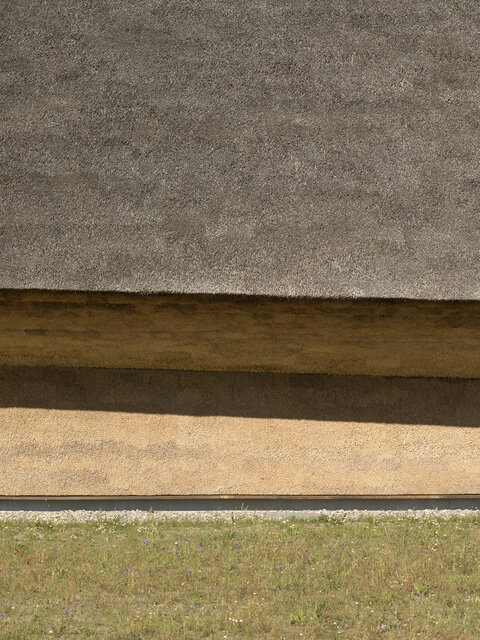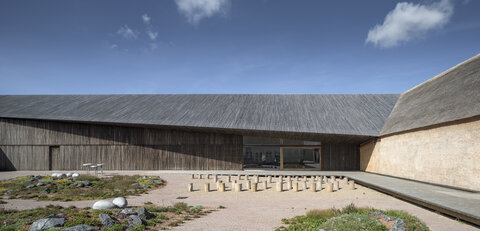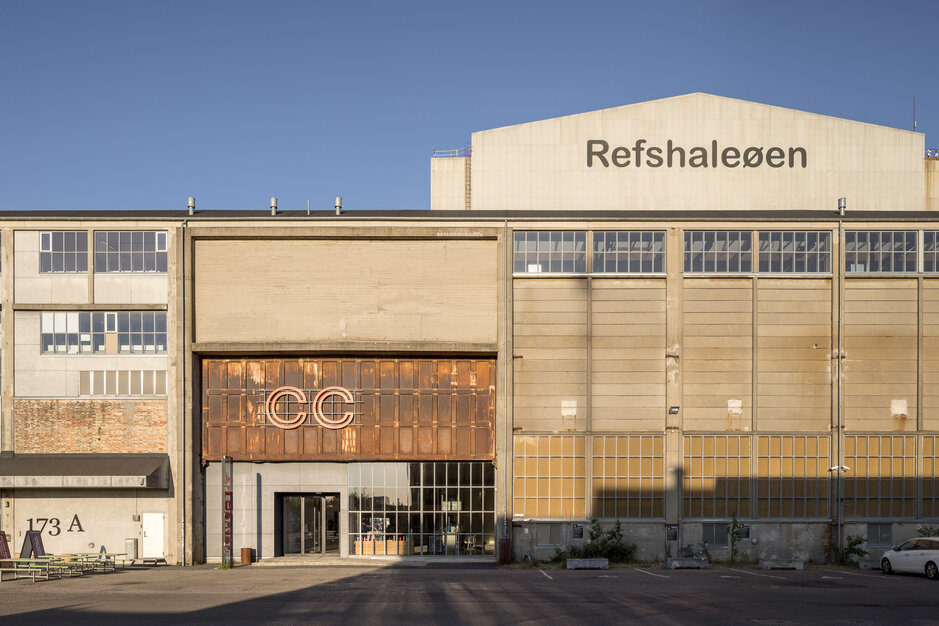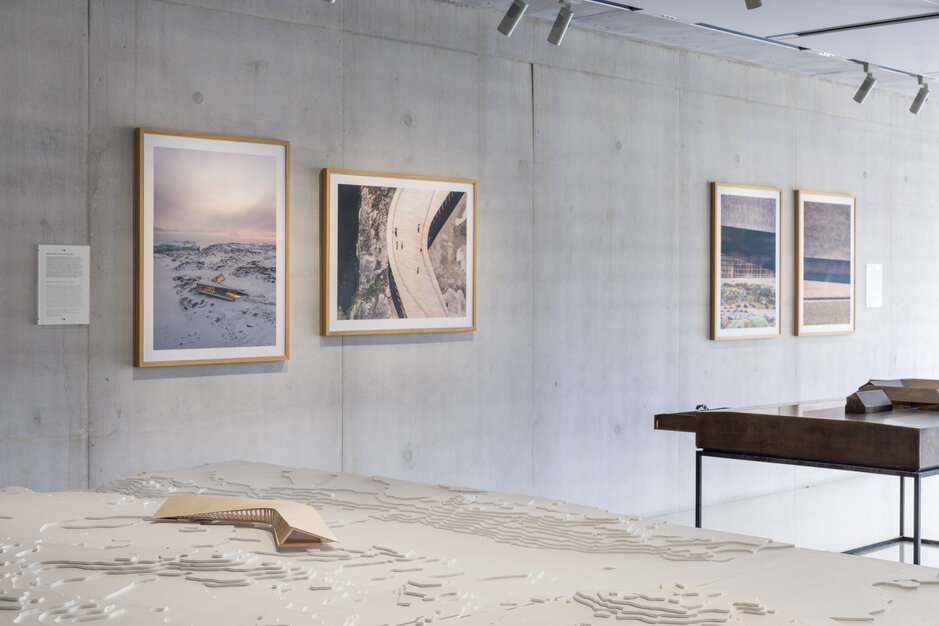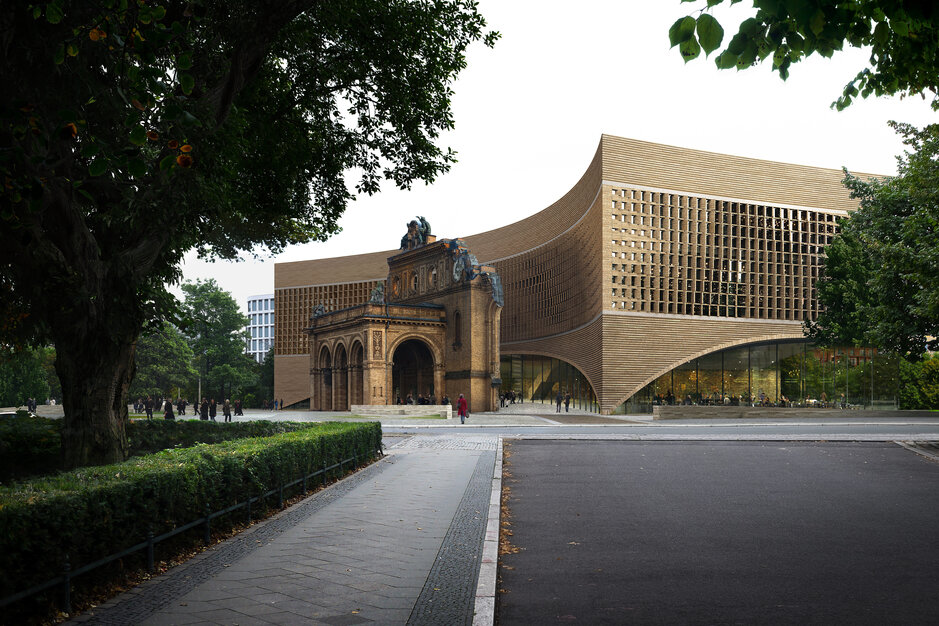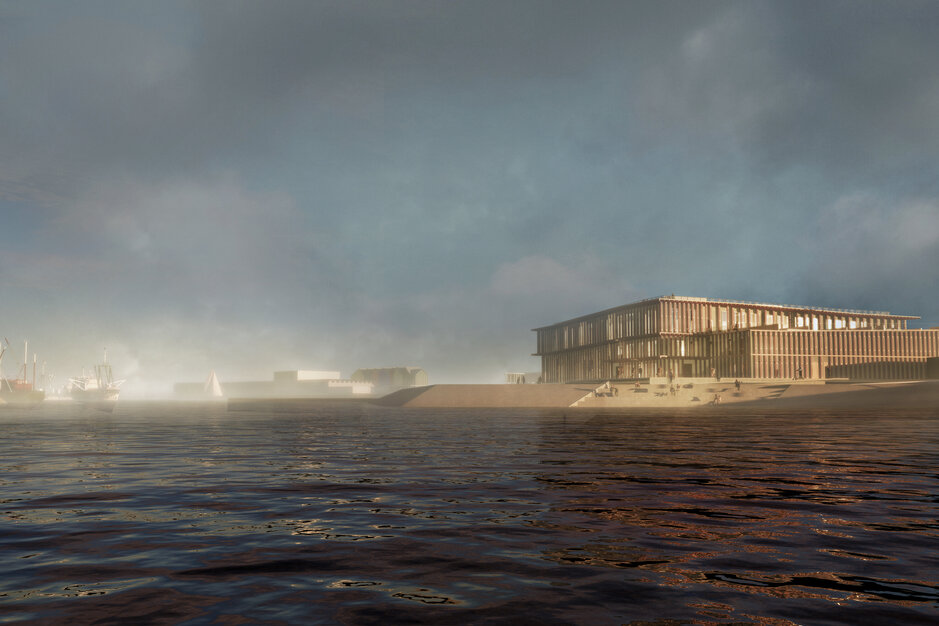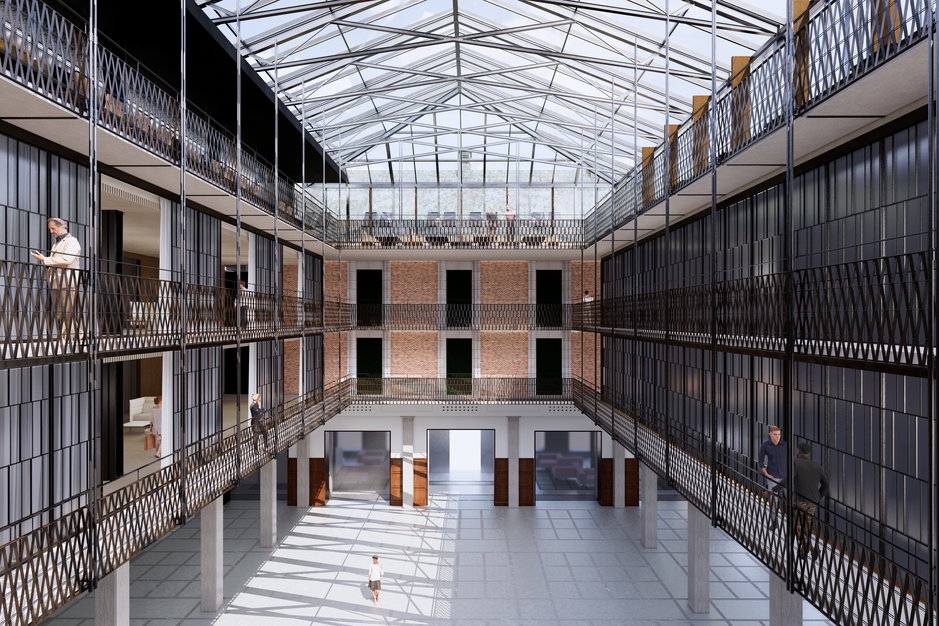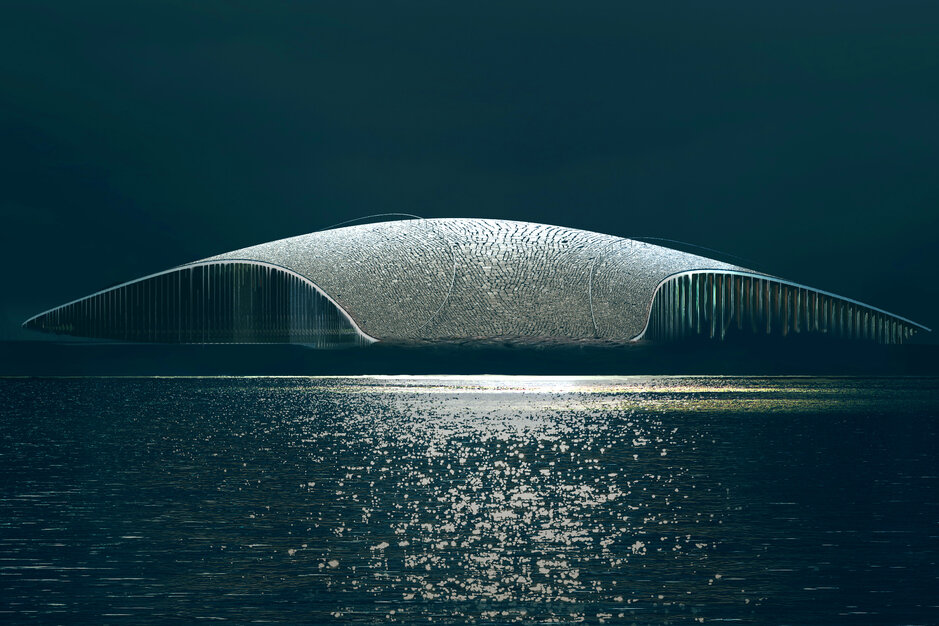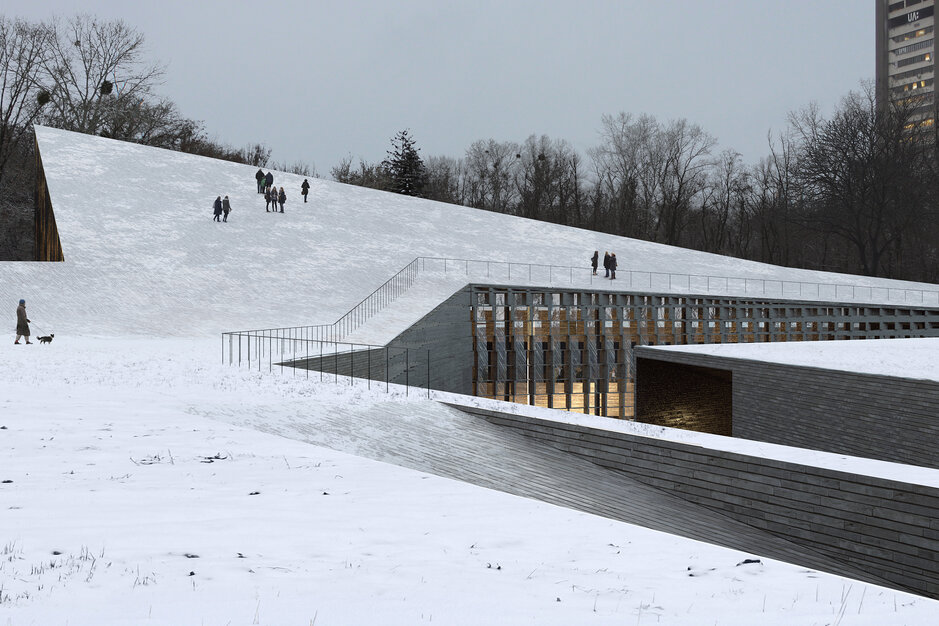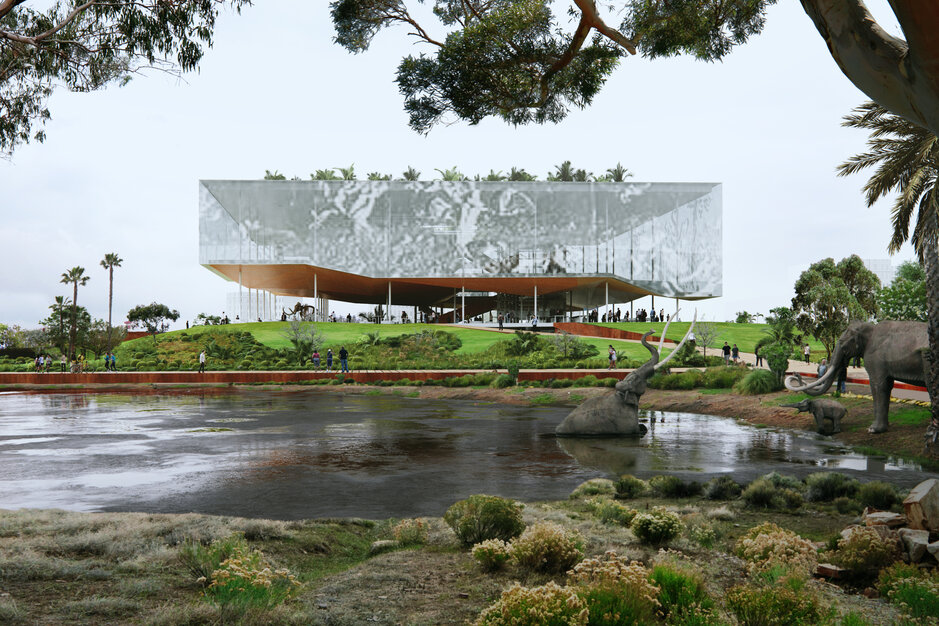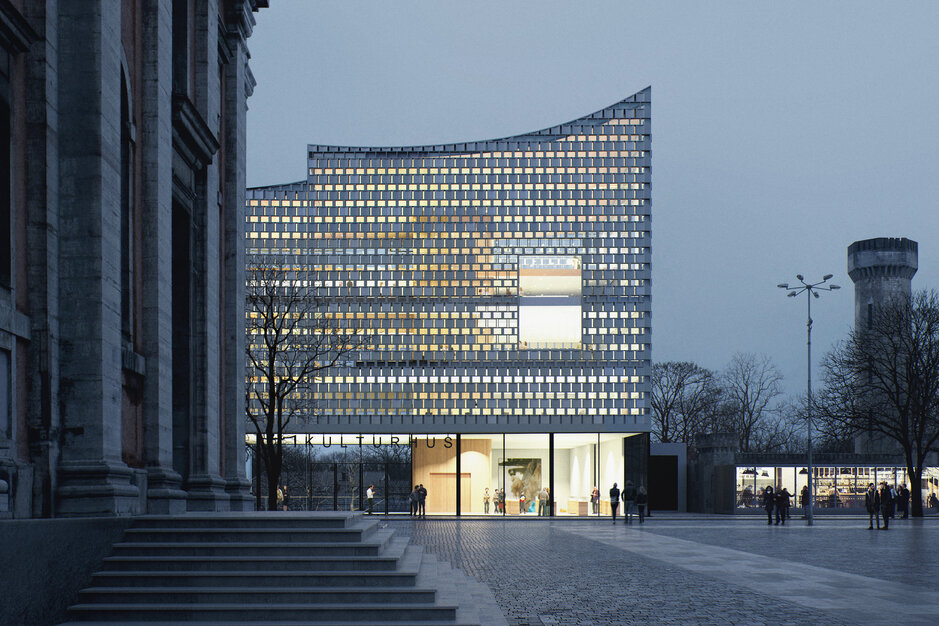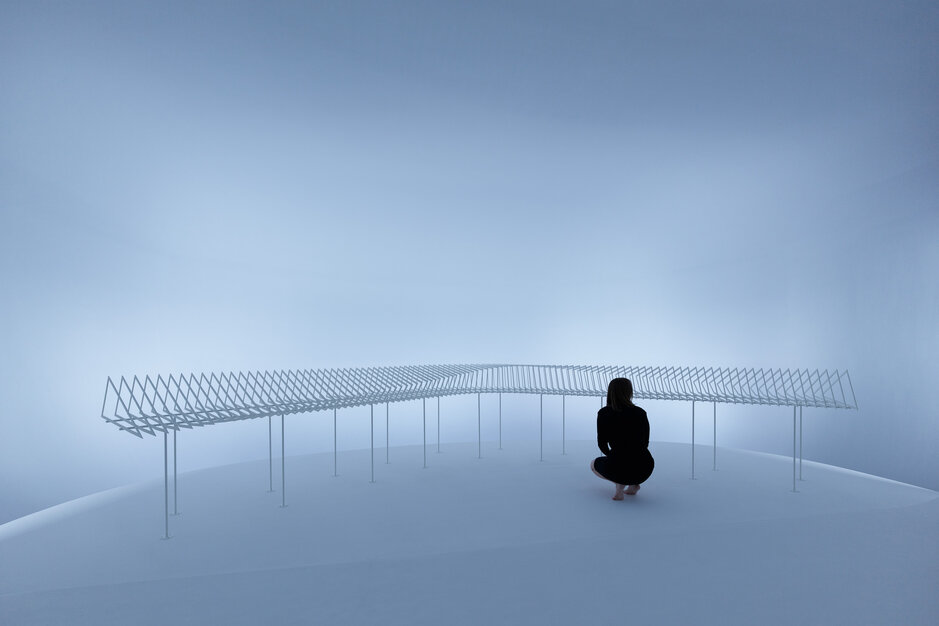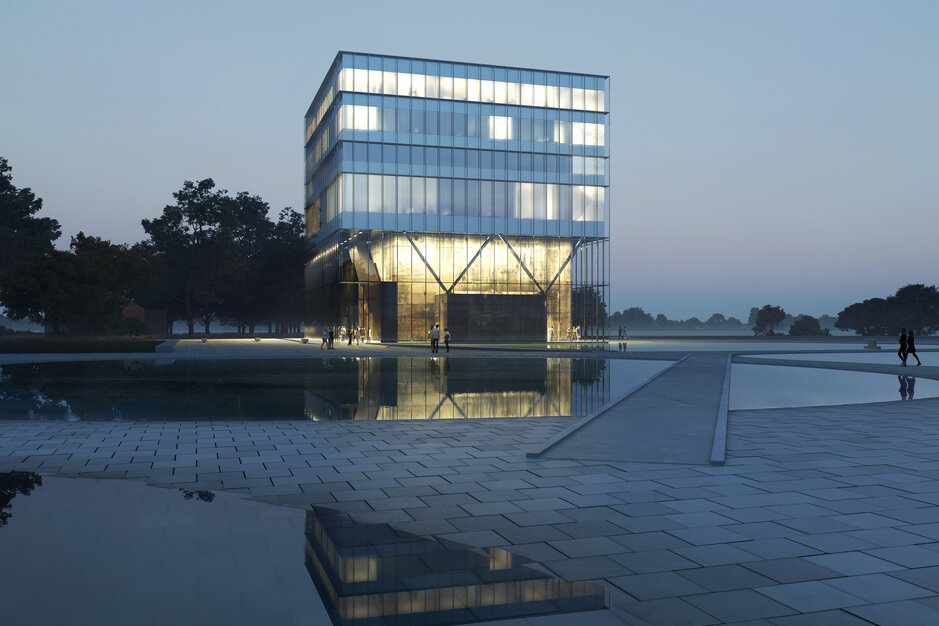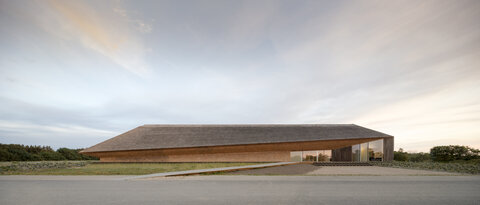
-
Name
The Wadden Sea Centre, Denmark
-
Type
-
Client
City of Esbjerg
Around 12,000 years ago, the end of the ice age created a 500 km long coastal area we now call the Wadden Sea. The area has seen the tide come and go for millions of years, creating the unique marshlands. It is virtually impossible not to be inspired by this ancient natural scenery, which is why Dorte Mandrup has created a one-of-a-kind building that pays homage to the regional material and traditional craftsmanship of the Wadden Sea. In other words: we’re bringing thatched roof back!
Read more ↓Located in the southern part of Jutland, Denmark, The Wadden Sea is Denmark's largest and newest national park and UNESCO appointed World Heritage site.
“The Wadden Sea is the largest unbroken system of intertidal sand and mud flats in the world. It is […] formed by the intricate interactions between physical and biological factors that have given rise to a multitude of transitional habitats. The area is home to numerous plant and animal species […] and is one of the last remaining large-scale, intertidal ecosystems where natural processes continue to function largely undisturbed. It is considered one of the most important areas for migratory birds in the world and is connected to a network of other key sites for migratory birds. Its importance is not only in the context of the East Atlantic Flyway but also in the critical role it plays in the conservation of African-Eurasian migratory waterbirds. In the Wadden Sea up to 6.1 million birds can be present at the same time, and an average of 10-12 million pass through it each year.” (Source: www.whc.unesco.org).
The building, which was initiated in February 2017, is an interpretation of the local building tradition and the rural farmhouse typology significant in the area.
The centre is erected with thatched roofs and facades, hereby underlining the tactile qualities and robustness that can be found in traditional crafts and materials of the region.
"The winning proposal is unique and places focus on the main goal of the Wadden Sea Centre: To create awareness and understanding for the marshland and the Wadden Sea. The architecture is sustainable, visionary and bold and brings forth the centre as a didactic information centre of the future", says jury member and leader of the centre, Klaus Melbye.
Head of the committee, Mayor Johnny Søttrup, elaborates on the winning scheme: "Throughout the evaluation of the architectural proposals, it has been of great importance that the architecture is in harmony with the vast, horizontal landscape of the marsh, as well as being significant and one of a kind”.
Through the (thatched) roof
Since it’s opening in 2017 the Wadden Sea Center has experienced an increasing interest in migrating birds, oysters and thatch. Back in the days, the center had around 400 tours a year, which was more than doubled in 2018. The visitor record was 31.000 guests in 1997, but that number has gone straight through the (thatched) roof. Twenty years later 116.000 walked through the centers’ newly opened doors, exceeding all expectations. In 2018 the number fell to 93.000, while 85.000 guests are expected in 2019.
The increase in visitors obviously means an increase in work, and therefore an increase in employees. And like ripples in the Wadden Sea, the success is spreading to the surrounding area. According to Klaus Melbye, the Wadden Sea Center sends around 50 million DKK to the surrounding area, creating not only experiences but also a sustainable experience economy.
